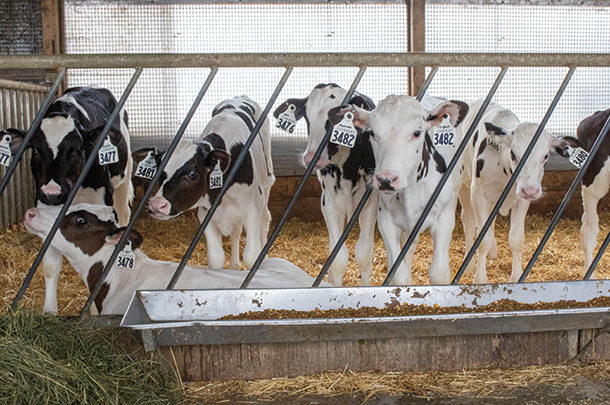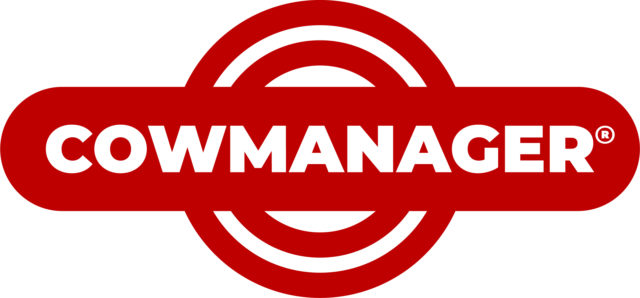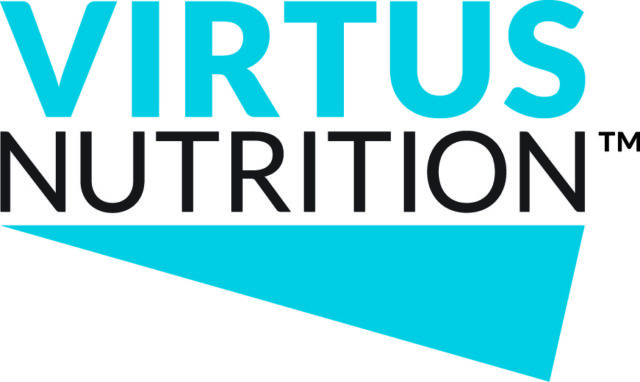Unlike the stock market where you can cash out on a bad investment, bad genetic decisions stick with your herd and stay for generations.
Carefully weigh genetic traits with the best return on investment for both long- and short-term gains. With genetics, one plus one equals three. You are not just creating a single offspring. Genetics are cumulative and will continue to be passed down. Your genetic selection should create assets you want walking into your parlor in the next five to 10 years and beyond.
With correctly chosen genetics, expect higher profits through either increased revenue or decreased expenses. Semen investment is typically less than 1% of total operating expenses, yet genetic influence can be responsible for as much as 50% of an individual cow’s performance. That’s a big payout on minimal up-front spending.
Strategy
Everyone’s goal should be “passive income” cows: cows capable of high productivity with minimal intervention.
While the milk market can create turbulent income projections and input costs can fluctuate, your primary expense categories will stay the same. Where does the largest chunk of your milk check go? Typically, they go to the categories of feed, labor, replacement heifer programs and supplies. Prioritize genetics that monetarily influence these areas.
Creating profitable connections
Modern genetic data collection has made dozens of dairy cattle genetic traits available. However, just because the trait exists doesn’t mean it will bring value to everyone. Be critical of which traits you are selecting. Make traits earn a place in your breeding program because of their profitability to your operation.
Here are a few examples of connections between genetics and expenses:
Feed Saved (FSAV)
Even with similar bodyweight and size, some cows are more efficient at converting feed to milk. FSAV is the expected pounds of feed saved per lactation above or below the breed average. Larger values are desirable for increased efficiency. Reduce feed expenses in addition to reduced manure and greenhouse gas output.
Productive Life (PL)
Don’t short yourself on heifer rearing investment. Most cows don’t pay back their rearing debt until the second lactation. Selecting for higher PL is choosing cows with a genetic predisposition to last longer in their cash flow-positive phase. Long-lived genetics mean less herd turnover, and you don’t need to raise as many replacements. Additionally, a larger percent of your herd is debt-free and earning income.
Somatic Cell Score (SCS) and transition traits (mastitis, ketosis, metritis resistance)
Udder health and strong immune systems keep cows out of the hospital pen. Cows that avoid treatments not only reduce expenses relating to treatment supplies, but labor resources won’t spend valuable time on sick cows, not to mention the lost income of non-saleable milk.
Daughter Pregnancy Rate (DPR), Heifer Conception Rate (HCR) and Cow Conception Rate (CCR)
Growing more replacements than needed is a huge expense, but so is keeping heifers on feed longer than should be needed due to low fertility. Keep heifers flowing through your replacement program at an evenly managed pace and average fewer days on feed with an emphasis on fertile genetics. Likewise, cows that breed back efficiently stay in the herd longer, which reduces replacement needs and elevates profit margin with cows spending more time around peak milk where income over feed cost is highest.
Portfolio allocation
The most efficient way to make balanced progress on your genetic priority traits is with a custom index ranking system. This will sort out genetics with the most impact for your operation. Industry standard indices are a great starting point, but it is important to have an index with a focused allocation on your operation’s genetic needs. The best performer for Net Merit Dollars (NM$) in your herd doesn’t mean much if the traits in NM$ don’t align with your herd’s genetic needs.
Within your custom index, don’t overdo the number of traits you include. Only select a few traits to increase selection intensity in your critical areas. Too many traits in your index will dilute emphasis and slow the overall rate of progress. Objectively weigh each trait within your index based on value to the financial health of your dairy.
Be speedy
How focused are you on your genetic goals and what level of genetics are you comfortable investing in?
For the quickest genetic progress, be consistent with your genetic index. Only rebalance it periodically as needed to match evolving herd goals. Use your index to rank females with genomic results or parent averages and sire selections.
Don’t fall into the mindset of single-trait selection. For example, if a sire is excellent for a single trait but doesn’t rank well on your index, cross him off your A.I. list. You could be unintentionally introducing detrimental genetics for key areas. A multi-trait index will help avoid this.
Monitor genetic progress. Make sure your well-designed plan is being implemented. Regular genetic audits are essential to a successful genetic plan.
In addition to managing sire genetic-level quality, be selective about the females too. Using a targeted beef-on-dairy breeding program will remove poor female genetics from contributing to your future herd with a terminal cross.
Lastly, don’t sandbag your investment. Cow performance is a combination of phenotype and genotype. Your environment needs to be favorable for gene expression. Consider having a third-party technical consultant walk through your operation with a fresh set of eyes to identify areas of opportunity.
Summary
You don’t need to be a genetics guru to make wise genetic investment decisions. You don’t need to memorize heritability for each trait or be able to recite the over 40 traits included in NM$. You do need to know income trends and expense pain points for your dairy. You are the biggest expert on your operation’s efficiencies and inefficiencies; communicate these to your genetic adviser. Let them guide your investment to traits that will save you time and money.






